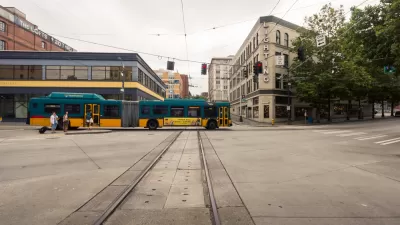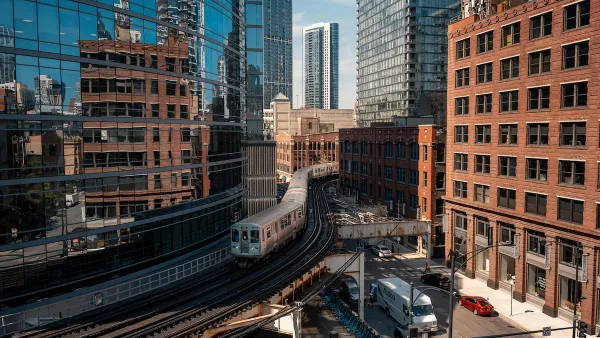Following in the footsteps of Seattle, which recently followed a similar narrative arc, the city of Spokane will go back to the ballot for transportation funding, leaving the county of Spokane to its own devices.
Mike Proger reports: "The city of Spokane could go it alone in building a new Central City Line and other transit improvements, after a regionwide sales tax increase to pay for those projects narrowly failed last April."
"The 0.3 percent sales tax measure in 2015 failed by just 572 votes out of 76,800 that were cast. Opposition was strongest in suburban areas, including Spokane Valley," adds Proger.
The new ballot measure would appear before voters in November—if it passes, "expanded transit service likely would occur only inside the city."
Proger also shares details of the centerpiece of the 2015 ballot measure, the Central City Line, which "would use rubber-tire trolley cars from Browne’s Addition through downtown and east to Gonzaga University and Spokane Community College." Local officials are pitching the line as a service expansion in the most densely populated parts of Spokane, as well as an economic development tool. The article includes more of the funding details and political context for the plan.
For more details on the proposals rejected by the rest of the county of Spokane, see coverage by Zach Shaner of the Seattle Transit Blog.
FULL STORY: Spokane may run its own transit ballot measure this fall

Montreal Mall to Become 6,000 Housing Units
Place Versailles will be transformed into a mixed-use complex over the next 25 years.

Planetizen Federal Action Tracker
A weekly monitor of how Trump’s orders and actions are impacting planners and planning in America.

DARTSpace Platform Streamlines Dallas TOD Application Process
The Dallas transit agency hopes a shorter permitting timeline will boost transit-oriented development around rail stations.

Study: 4% of Truckers Lack a Valid Commercial License
Over 56% of inspected trucks had other violations.

Chicago Judge Orders Thousands of Accessible Ped Signals
Only 3% of the city's crossing signals are currently accessible to blind pedestrians.

Philadelphia Swaps Car Lanes for Bikeways in Unanimous Vote
The project will transform one of the handful of streets responsible for 80% of the city’s major crashes.
Urban Design for Planners 1: Software Tools
This six-course series explores essential urban design concepts using open source software and equips planners with the tools they need to participate fully in the urban design process.
Planning for Universal Design
Learn the tools for implementing Universal Design in planning regulations.
City of Mt Shasta
City of Camden Redevelopment Agency
City of Astoria
Transportation Research & Education Center (TREC) at Portland State University
US High Speed Rail Association
City of Camden Redevelopment Agency
Municipality of Princeton (NJ)





























